Wild camping in a bivvy bag (also sometimes called a bivi bag, bivvy or bivouac) is my favourite activity on a sunny evening. It’s quick, requires little planning and really gets you close to nature. It’s also great for multi-day adventures as the gear you need is minimal and lightweight.
In this guide to bivvy bag camping, I hope to cover all the questions you might have when trying out this activity. From what gear you need to take to how to choose a spot.
To give you a taste of what Bivvy Bag camping is like in the UK, watch my short video. We went wild camping in the woods 10 minutes from where we live. We had our 3-year-old with us. It took us a while to find a suitable spot. Despite us being near a major landmark, no one even knew we were there!
For a broader guide to wild camping, leave no trace and useful tips, like how to go to the toilet in the wild, check out: Wild Camping in the UK.
What is a bivvy bag?
A bivvy bag is basically a waterproof cover for your sleeping bag. It allows you to go camping without a tent.
They have some big advantages over wild camping with a tent….
- It is much lighter to carry a bivvy bag than a tent and also cheaper
- It’s quicker to set up
- You are out in the elements (you can go to sleep looking up at a blanket of stars or a canopy of leaves)
- Bivvy bags take up less space so it is easier to find suitable wild camping spots and to be more discrete
If you have a dry sunny night ahead of you, you actually don’t need a bivvy bag at all. You can just lay your roll mat and sleeping bag on the floor. This is often called cowboy camping and I’ve done it a few times before but only in very dry places.
Having a bivy bag though will protect you from condensation (which is a big consideration, especially in the UK) and also adds a bit of protection if you do get caught out in a shower. It also helps to keep you that little bit warmer.
Before we start….
I wanted to give a brief introduction to give this guide context. I’m Bex Band – a full-time adventurer and founder of the UK’s largest adventure community for women, Love Her Wild. I’m on a mission to make getting outdoors and adventures as easy as possible by providing all the information you need to plan an adventure. I’ve done lots of adventures myself, from hiking the length of Isreal to kick-scooting the length of the UK (you can see a list of my adventures here).
**I WROTE A BOOK!!** All about my first big adventure hiking the length of Israel – Three Stripes South. Don’t forget to also sign up to my newsletter to stay up to date with future adventures.
If you have any questions, please do use the comments box below. You can follow me on Facebook and Instagram.
What are the downsides to bivvying
There are also some obvious downsides to using a bivvy bag over a tent. They include:
- Less private and less cosy than a tent
- Much more likely to get wet if it rains (and there is also less cover for your gear)
- Noticeably colder
- Can be hard to control the condensation on the inside of a bivvy bag
I would also say that being out in the open feels more tiring. I can go for long stretches camping. But with the lack of privacy and more disruptive sleep from being out in the elements (exposed to wind and rain), I usually can only stand bivvying for a few nights in a row.
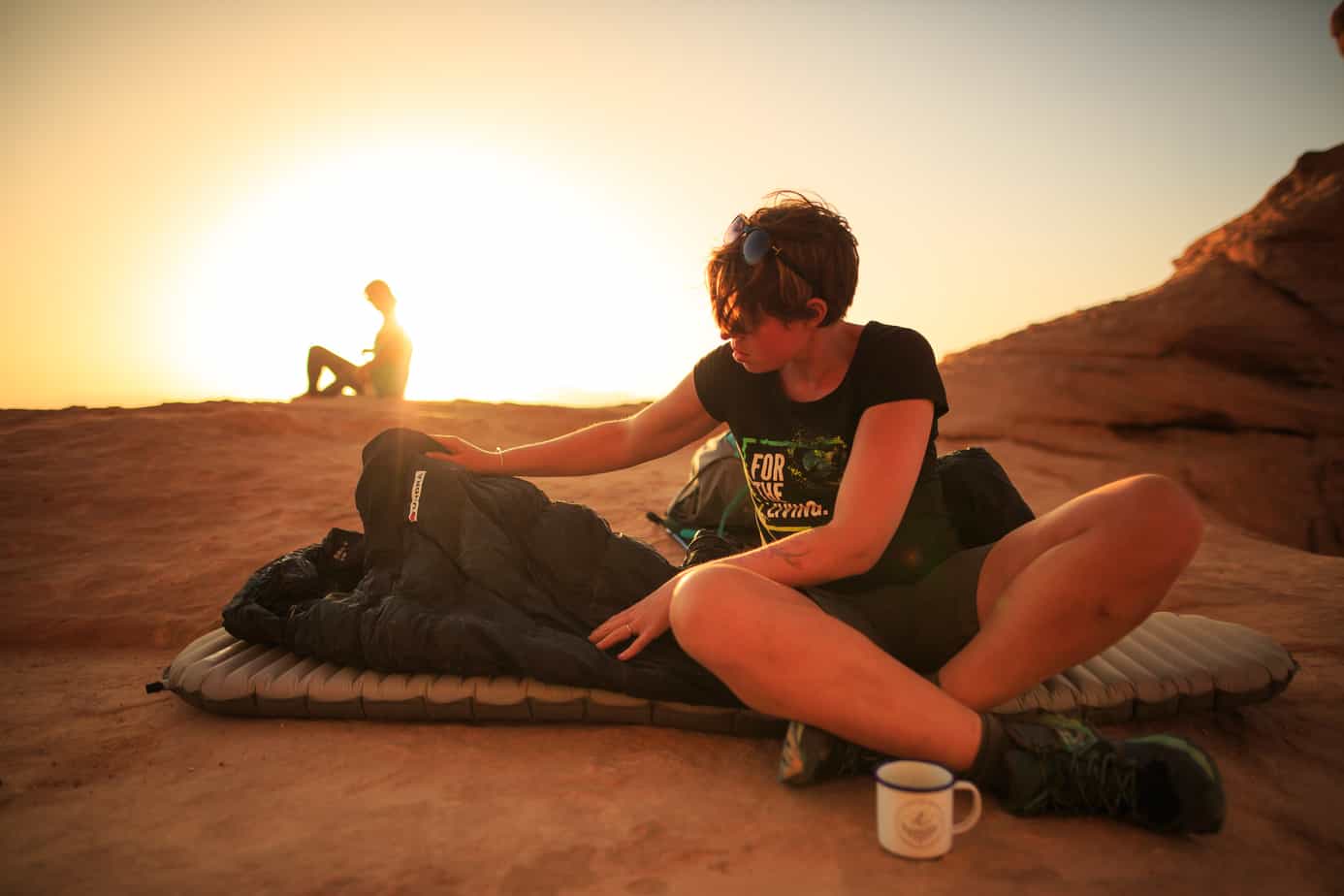
Best bivvy bags
Like with all outdoor gear, there is a huge price range when it comes to bivvy bags. It is a pretty simple bit of kit though, so I don’t think there is a need to spend any more than £40-50 for a top-range bag.
The cheaper bags start as low as just a few pounds. The biggest difference you will notice between the cheap and the more expensive bivvy bags is condensation.
The cheaper bags are less breathable, so you are likely to wake up with the inside of the bag feeling wet (and your sleeping bag feeling damp). This isn’t a problem if you are sleeping out just for a night as you can hang everything out to dry. If you are planning multiple days though you won’t want this as wet gear = cold!
Here’s my recommendation for the best bivvy bags:
Basic Waterproof Bag – £4.45
Cheapest option and great for a first-time, one-night campout. If you then decide to invest in a better bag you can then keep this in your pack as a survival pack in case of emergencies. Note that the colour is bright orange, so it isn’t the most discrete!
Mountain Warehouse – £19.99
A really great all-round bivvy bag. A little bit of condensation, but nothing compared to what you will have using a survival bag. Very compact and a good colour.
Alpkit Hunka – £45
Another simple and effective bag. I noticed slightly less condensation than the Mountain Warehouse bag, but not enough, I don’t think to justify the price difference.
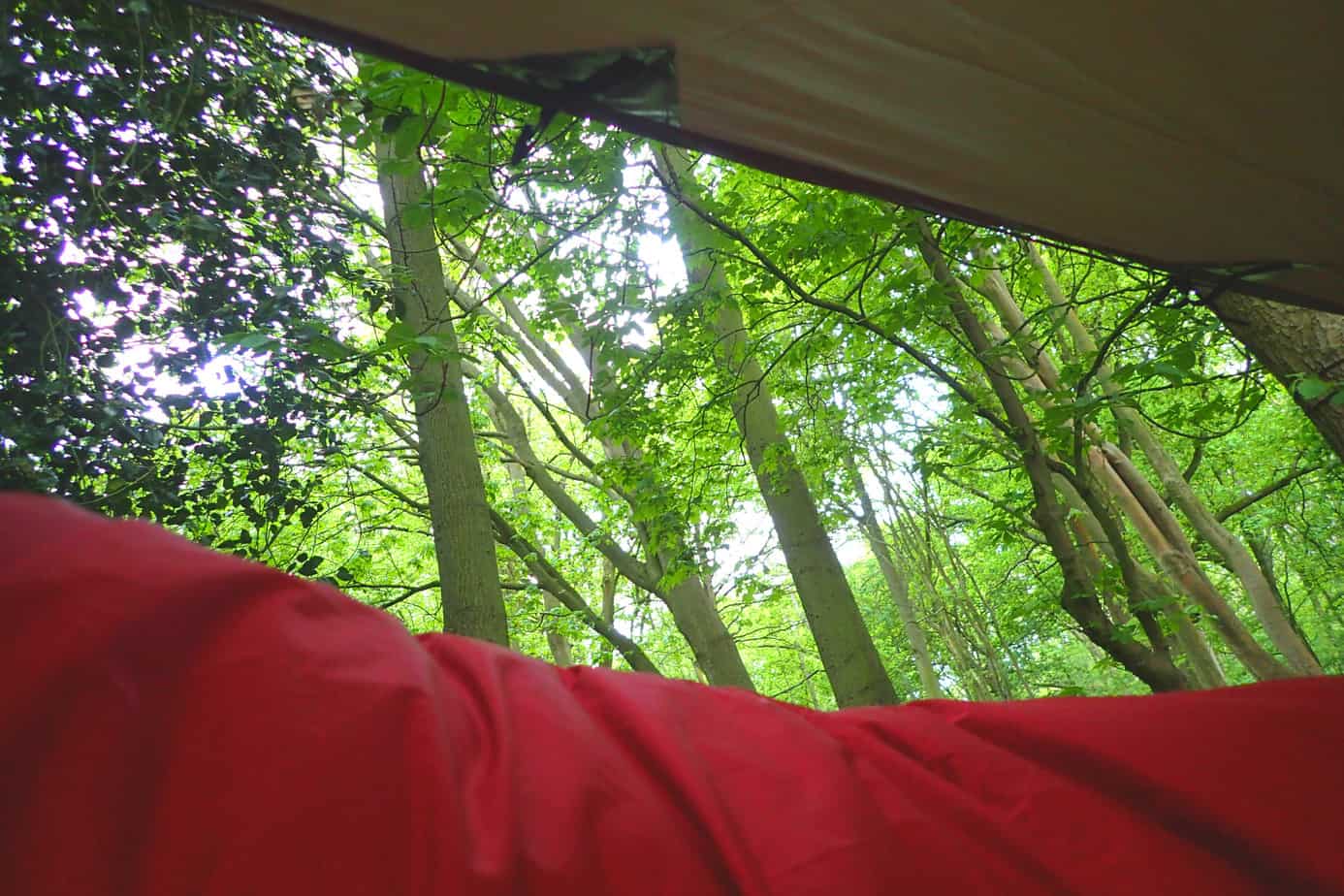
How to go bivvy bag camping
Firstly you need to decide where you want to go! If you haven’t already, check out my Wild Camping UK guide so you properly understand the rules and etiquette of stealth camping.
I think bivvy bags are best suited for less rural settings as they are so lightweight and discrete. Find a nearby hill, a pretty bit of countryside, a slice of woodland or park or a quiet track.
You are looking for a spot that is quiet and hidden. Like all wild camping, you should aim to pitch up late and leave early to reduce your chances of disruption or being seen.
How to use a bivvy bag
Roll out your bivvy bag and then put your sleeping bag inside. There are 2 ways you can have your roll mat. Either outside (underneath your bivvy bag) or inside (under your sleeping bag but inside your bivvy bag).
I prefer the latter simply because it reduces sliding and means I’m less likely to wake up not on my roll mat. As I use an inflatable roll mat it also reduces the chances of punctures.
Once you are in your bag, pull it up over your head, leaving a gap for your face. If you have a drawstring, pull this tight around your face, as that will help keep the warm air in.
For my rucksack and other items, I usually take a waterproof bag cover and put everything in there. It doubles up as a good pillow while ensuring things don’t get damp with the condensation.
If there’s a chance of rain, I’ll also set up a tarp (see my heading below, ‘what do you do if you are bivvying and it rains’)
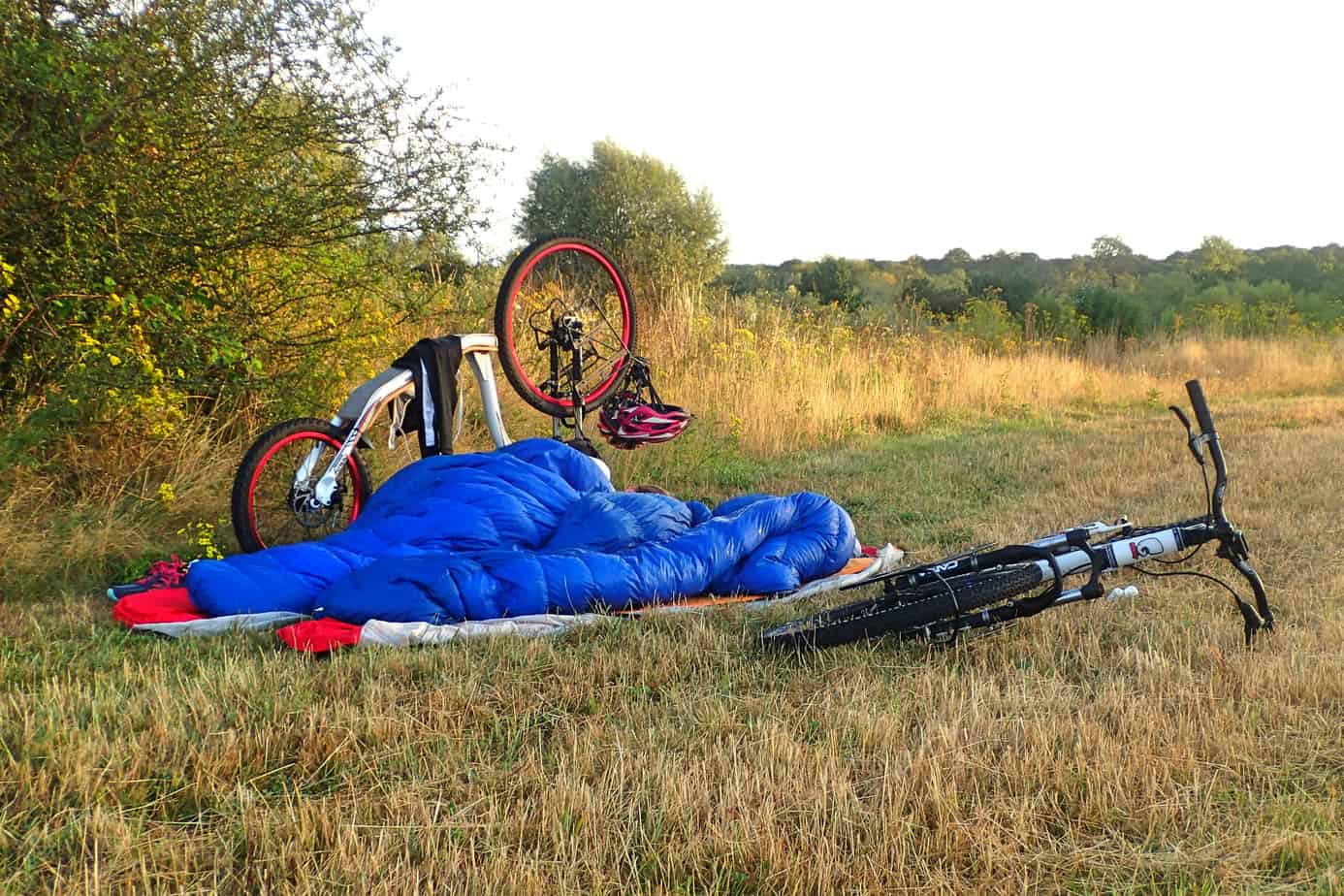
How to reduce condensation in your bag
You can drastically reduce the condensation by ensuring your face (or, more specifically, your breath) is not inside the bag.
In the morning, turn your bivvy bag inside out. Hang it up somewhere with your sleeping bag to dry off properly. If it’s a damp morning, then you can do this later in the day if you have a sunny break.
You will want everything to dry off properly before you try sleeping in the bag again, as if it’s damp, you will get cold quicker.
What to do if you are bivvying and it rains
Make sure before you head out with your bivvy bag that you check the weather. If it’s not looking great I would personally favour a tent as it can be hard to keep yourself and all your gear dry in a proper downpour.
If light rain is predicted, then you can provide a bit of shelter by using a tarp (I recommend this one). Use bungees or the rope provided to pitch up your tarp between trees, a fence or your bike.
You can then sleep with your feet sticking out (as they will be kept dry by your bivvy bag) but your face is sheltered by the tarp. This also provides a bit of cover for your gear and shoes.
Make sure you aren’t pitched at the bottom of a hill or ditch, which might get flooded in rain.

How to stay warm while bivvying
As a cold sleeper, this is my biggest consideration when bivvying. Without the shelter of a tent – which warms up with your body heat – it is easier to get cold in the night.
I’ve put together all my top tips for staying warm when camping. The main consideration is not going to bed cold. And if you do get cold in the night, the only way to warm up properly is to get out and move (no matter how much you don’t want to!). Go for a brisk walk or do some star jumps.
It’s annoying but better than having hours of sleepless cold!
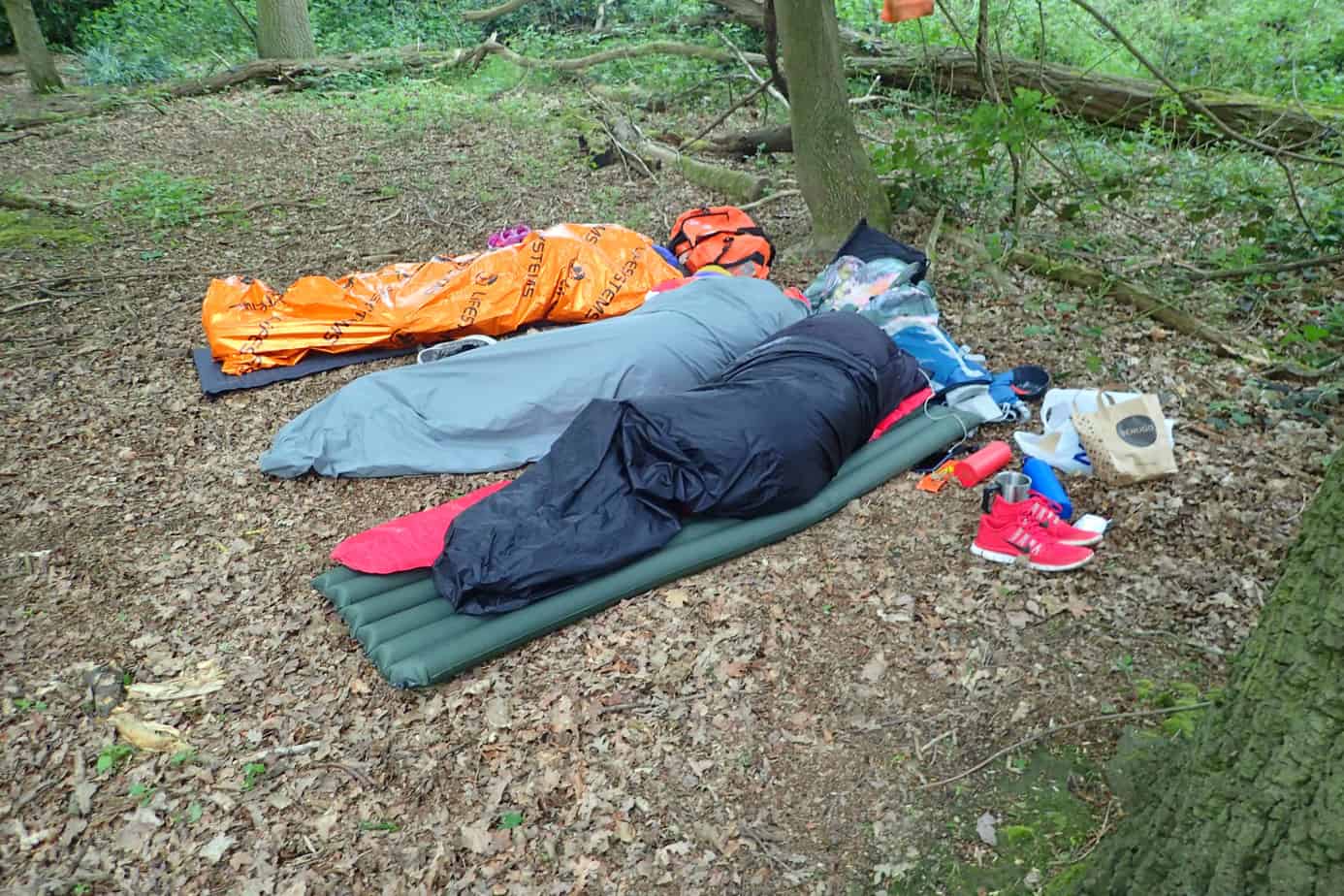
What to pack for bivvy bag camping
- Bivvy bag
- Roll mat (I use a Thermarest NeoAir, which is very luxurious, although a cheap roll mat will also do)
- Sleeping bag (I use a Tundra Pure and Dry 0 although for a sunny evening a cheaper Vango sleeping bag will do)
- Headtorch (I use a Petzl Tikkina) in case you need to go for a pee in the night. Alternatively, you can just use the torchlight on your phone.
- Water bottle (I love my Nalgene).
- Food and snacks
- Rucksack to carry your gear (I use Osprey Eja 38)
- Phone (as a safety precaution even if you don’t intend to use it)
- Anker Power Bank as a backup charger for your phone
A few luxury items worth considering, especially if you don’t have far to carry your kit: book, journal and a small pillow.
Bivi bag resources
To help you out on your Bivvy bag camping adventures, here are a few resources:
- For legalities, how to go to the toilet in nature and a better understanding of ‘leave no trace’ check out this Wild Camping UK guide
- Phoebe Smith wrote a brilliant book called Britain’s Best Small Hill’s which lists dozen of top wild camping spots in the UK perfect for a bivvy bag camp out
- The Met Office is a reliable source to check the weather
- Alastair Humphrey’s Microadventure book has some bivvy inspiration plus other small adventure ideas
If relevant, check out these area-specific guides:
- Wild camping Snowdonia
- Wild camping Lake District
- Wild camping Brecon Beacons
- Wild camping Peak District
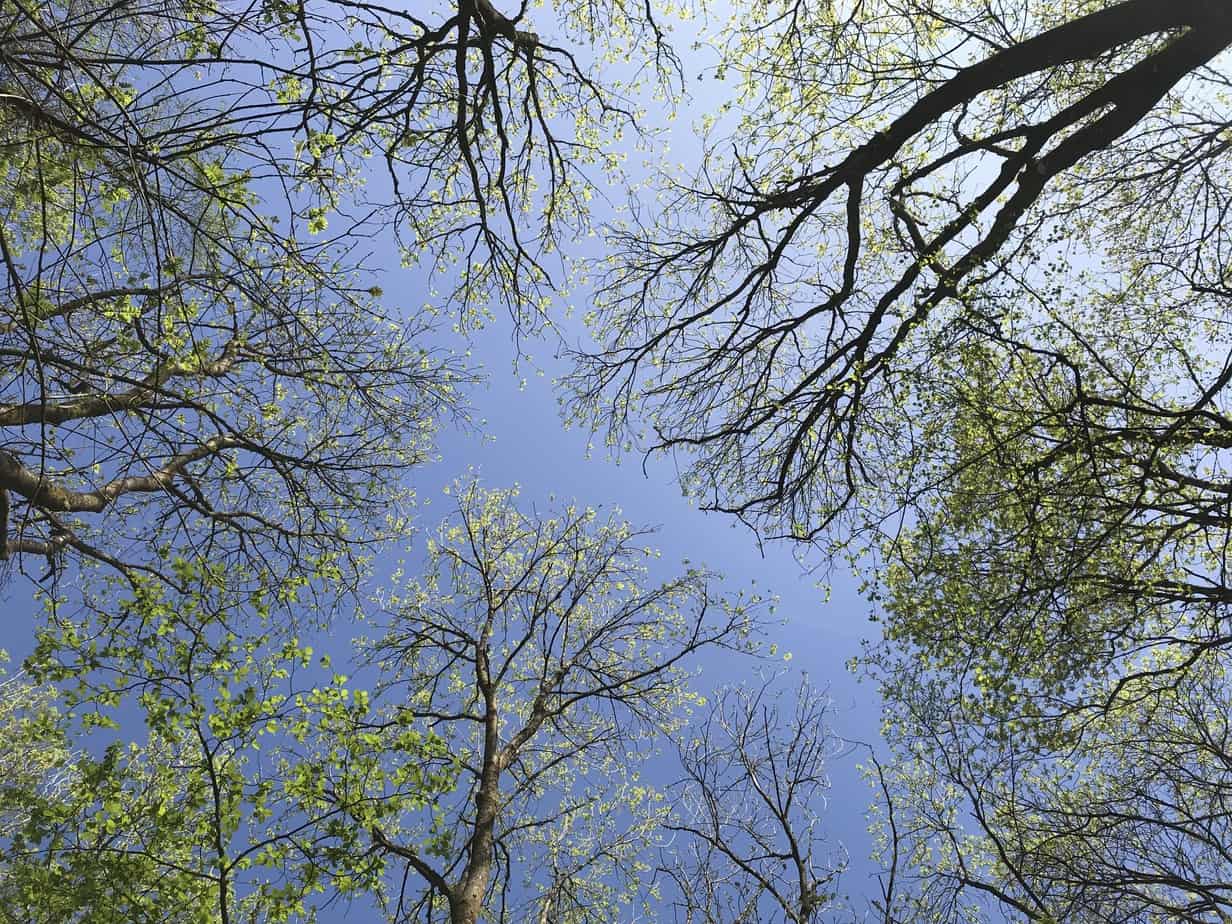
You can stay updated with my adventures and advice on Facebook and Instagram. Or you can subscribe to my YouTube channel. I give all my advice for free on my website. If you want to say thanks, you can buy me a coffee!
Good luck with your Bivvy Bag adventure! Ask questions in the below comments box…..and do let me know how you get on 🙂
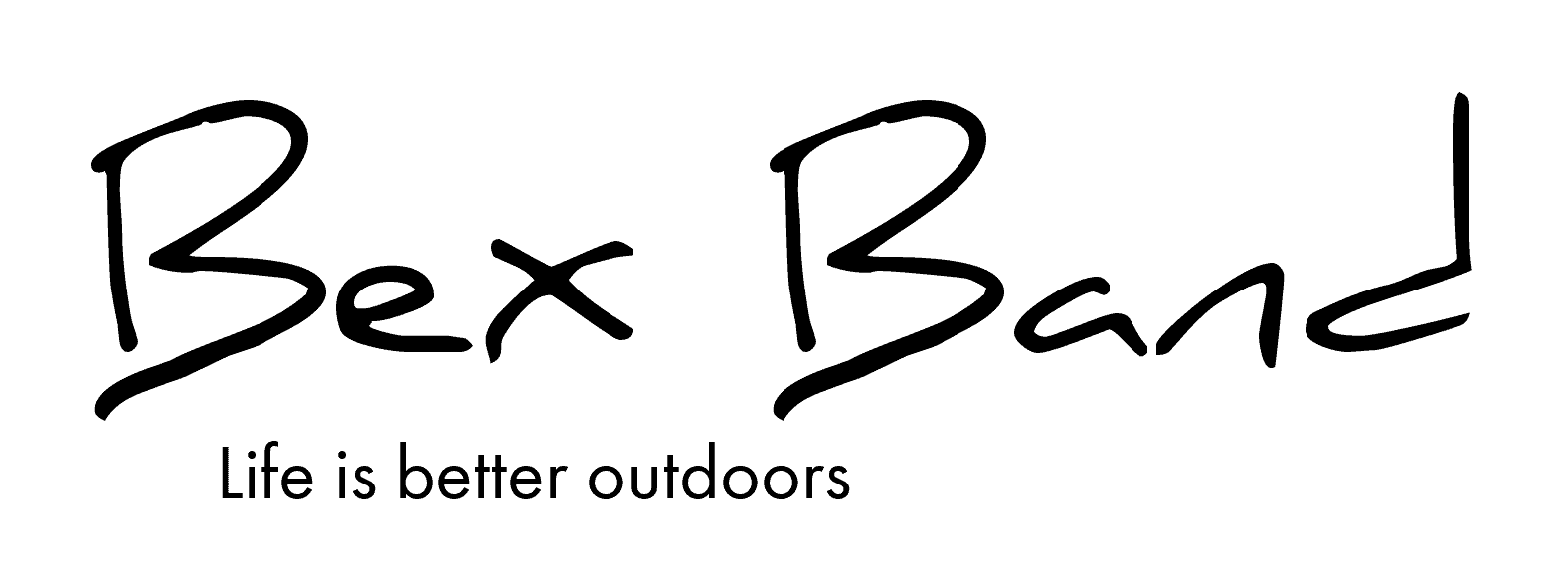


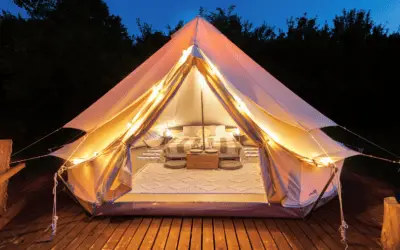

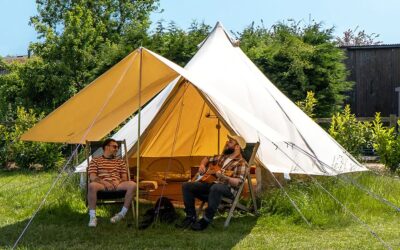

Hi there, I proof read, and I spotted this… loved the article by the way
Either outside (underneath your bivvy bag) or inside (under your sleeping bag but inside your sleeping bag).
But inside your bivvi bag at the end there will make it read right 😉
Thanks!
“If you have a dry sunny night ahead of you…” lol good luck with that.
Good article, thanks
Thank you!
Great to read about bivvying. I’ve only done this in the summer, but have never got cold. I agree about putting the mat inside the bag – each time I’ve put it underneath I’ve slid about or off it.
Thanks Elizabeth! The biggest problem I have in colder weather is then fitting the extra layers and the roll mat inside the bivvy bag…it can get pretty snug!